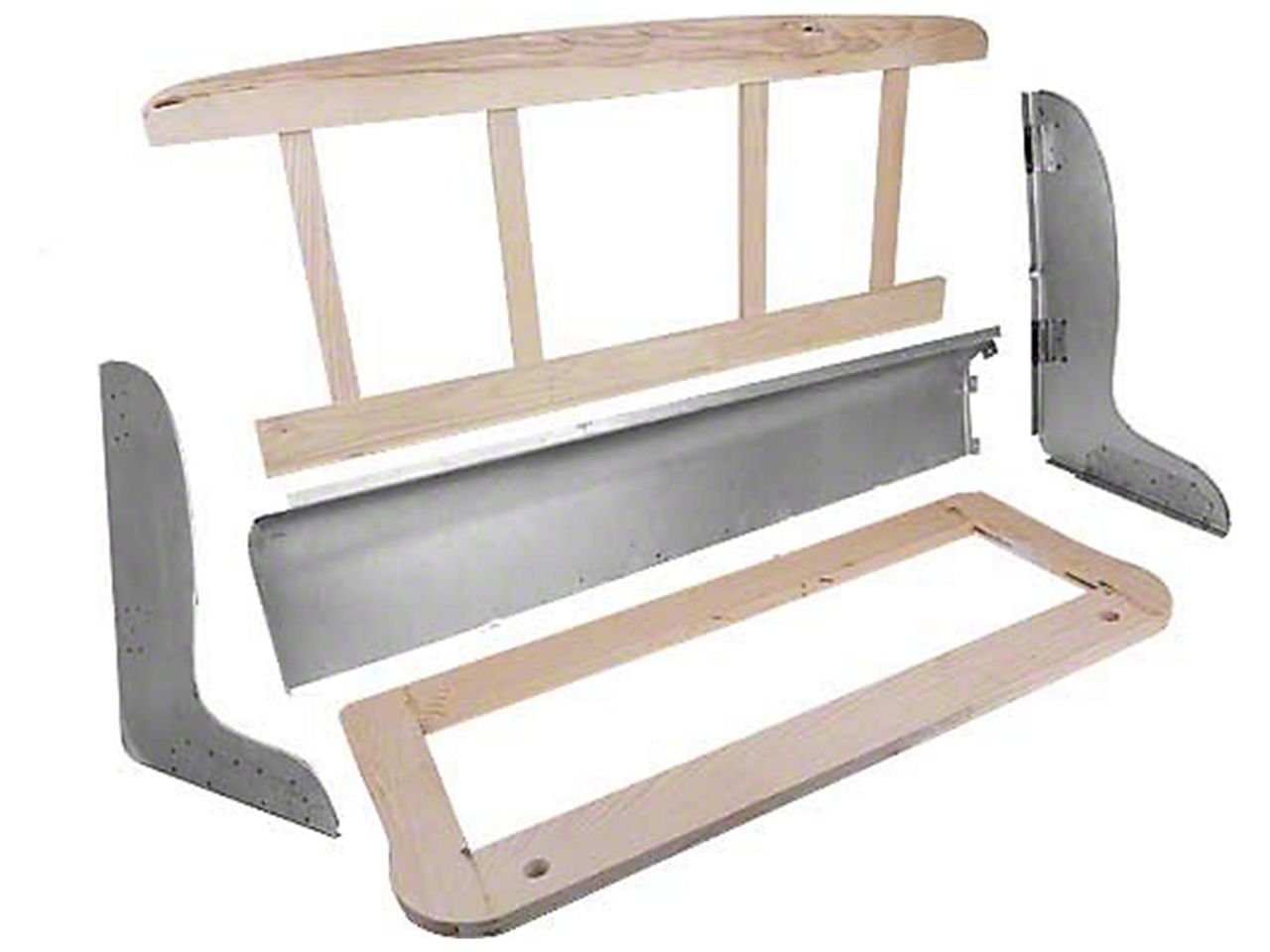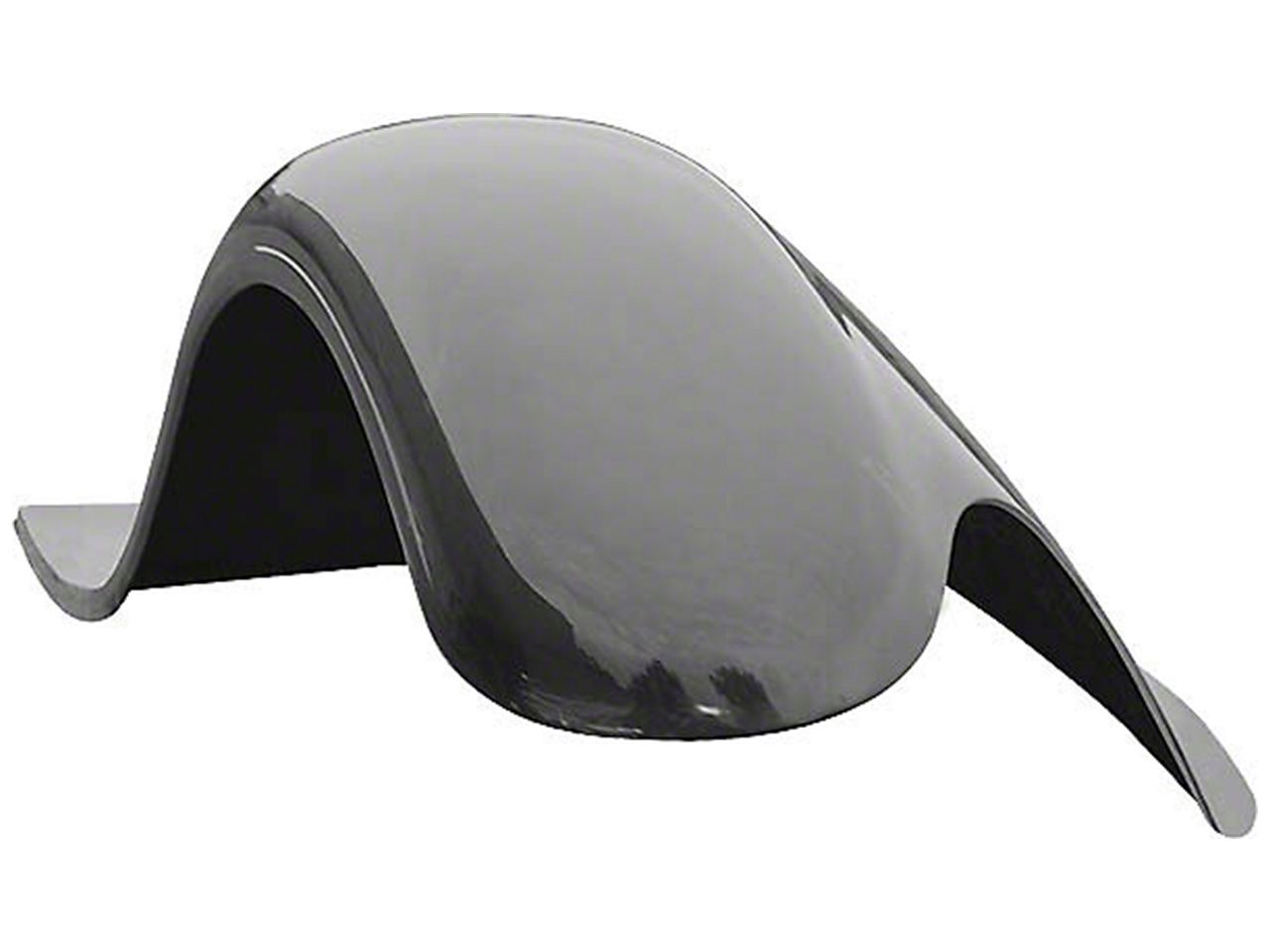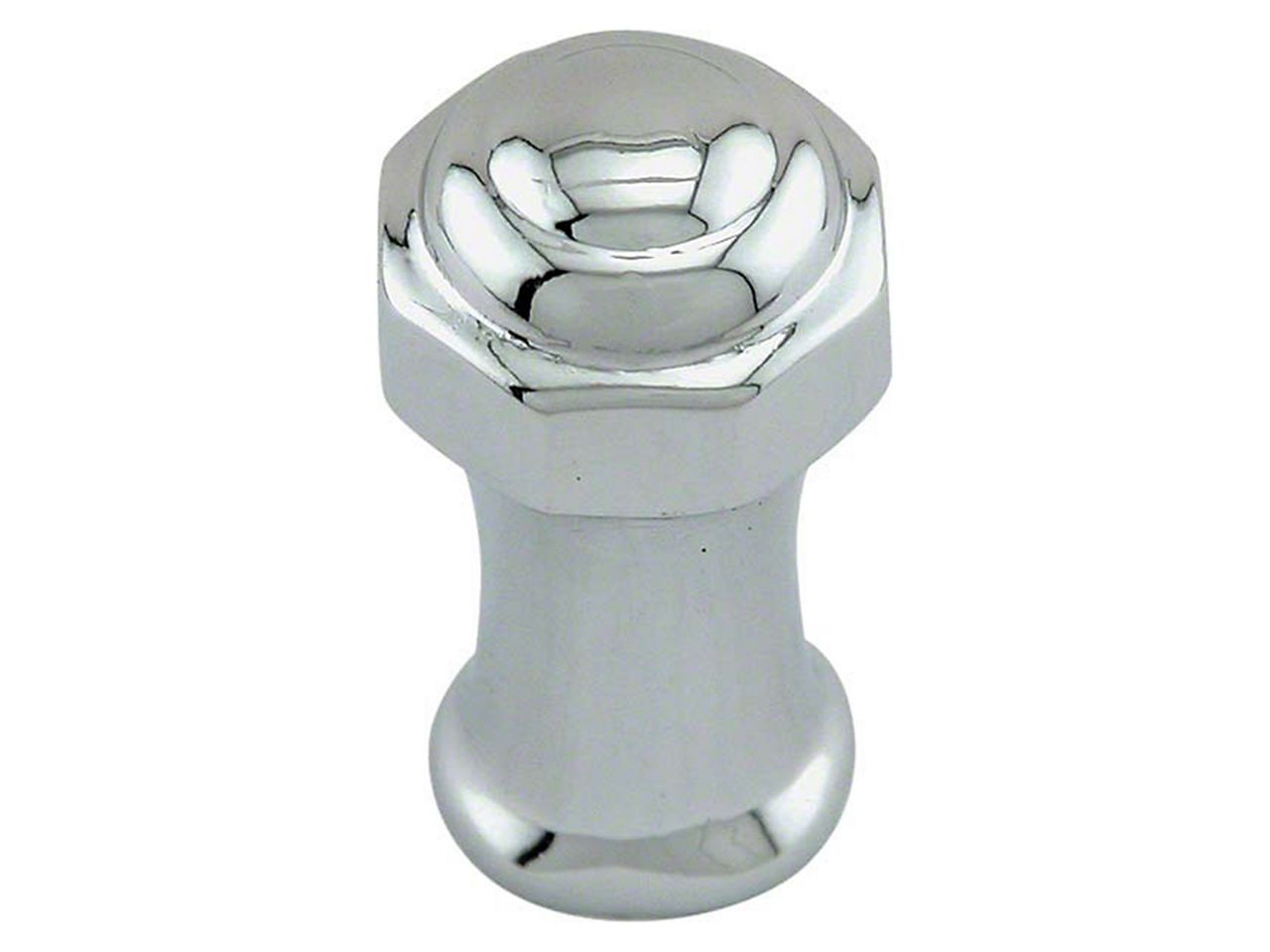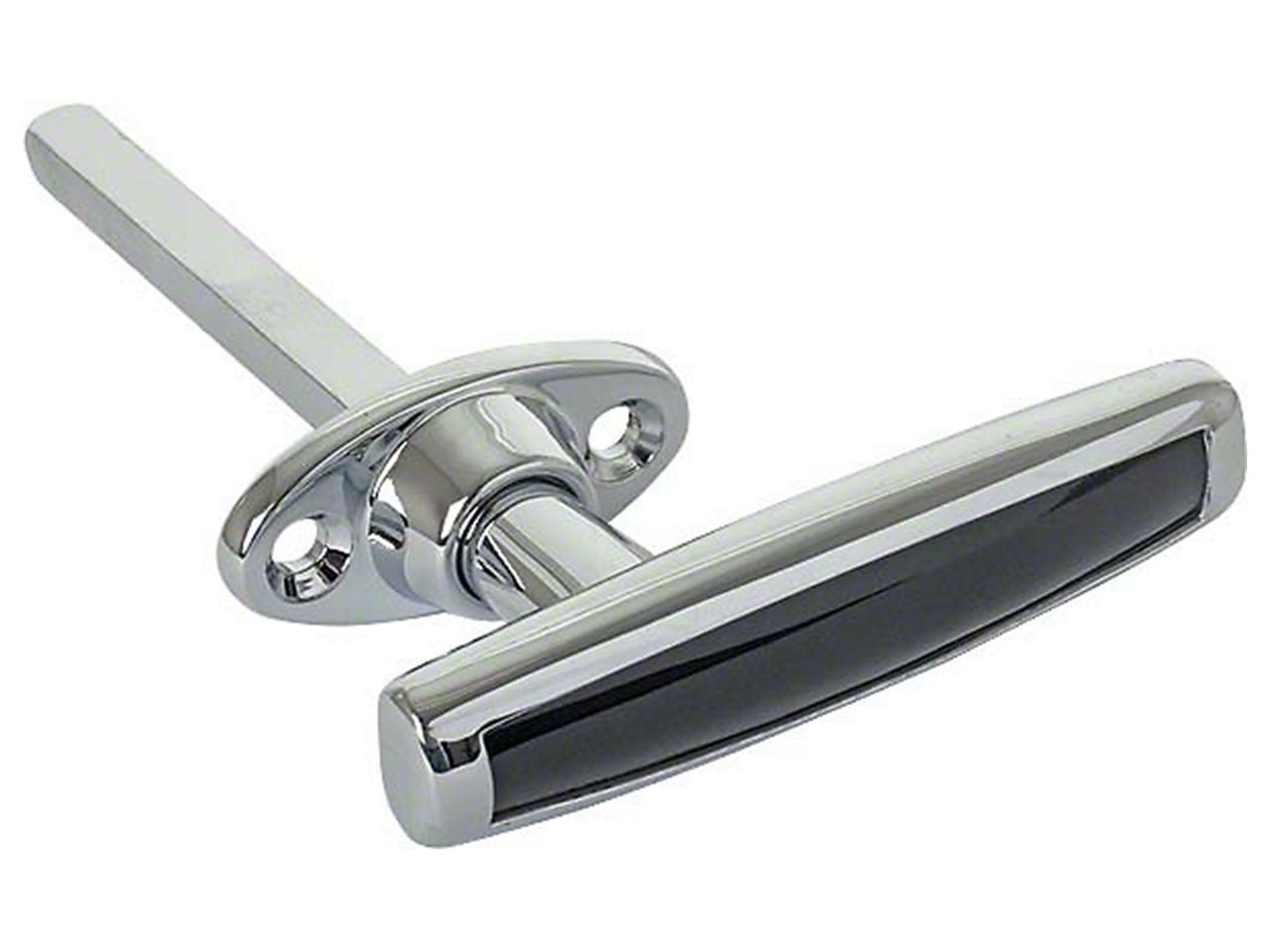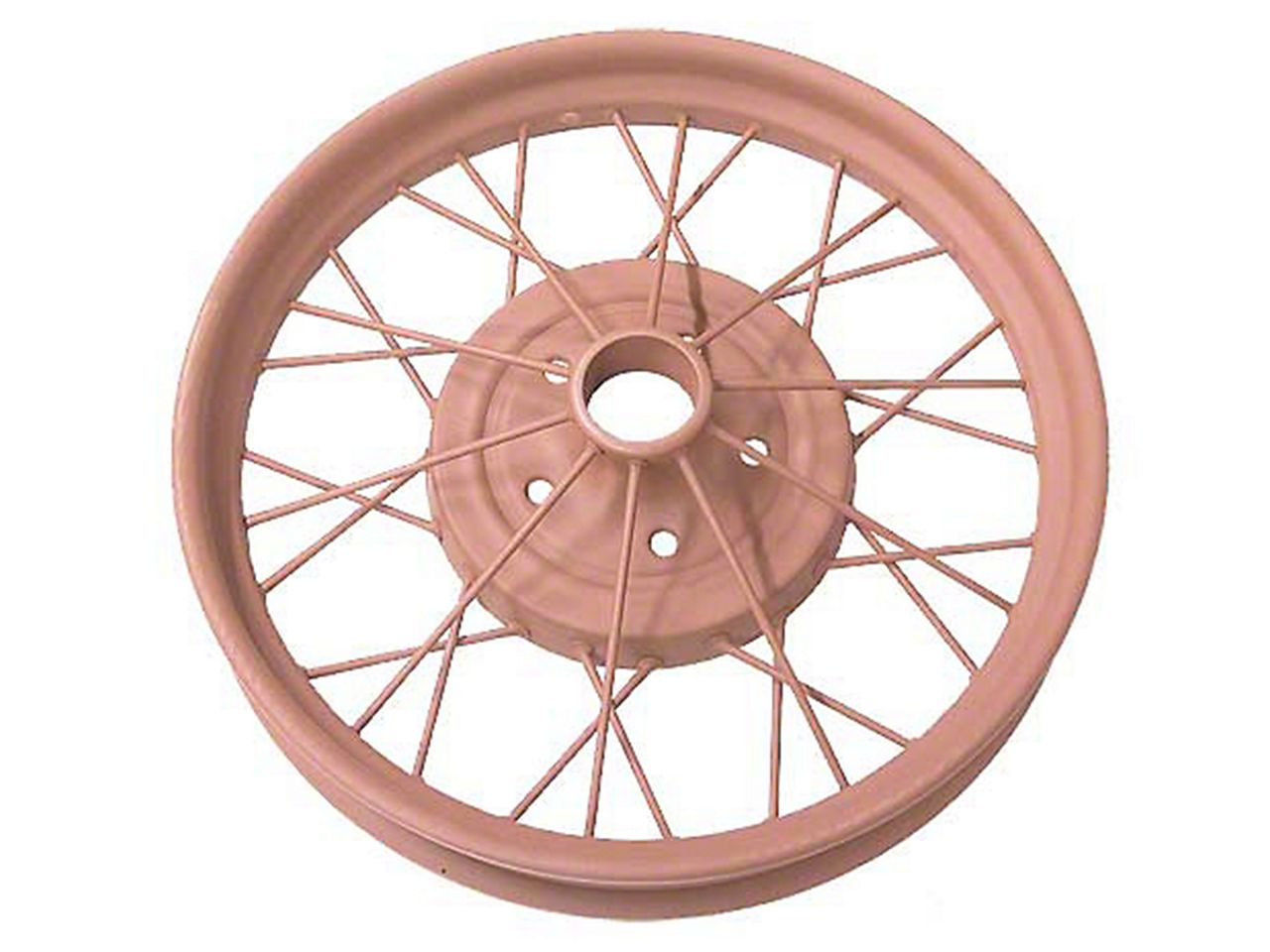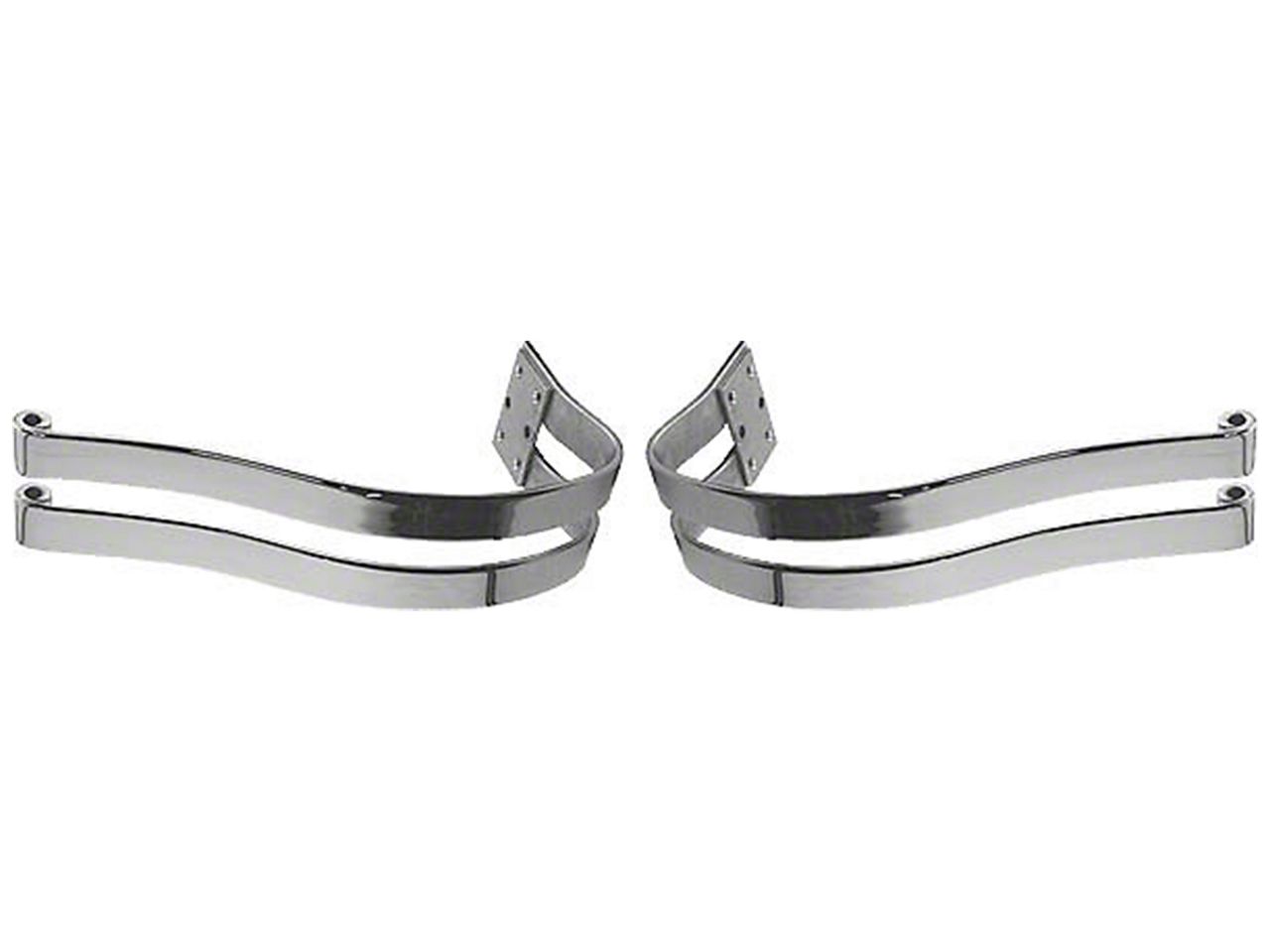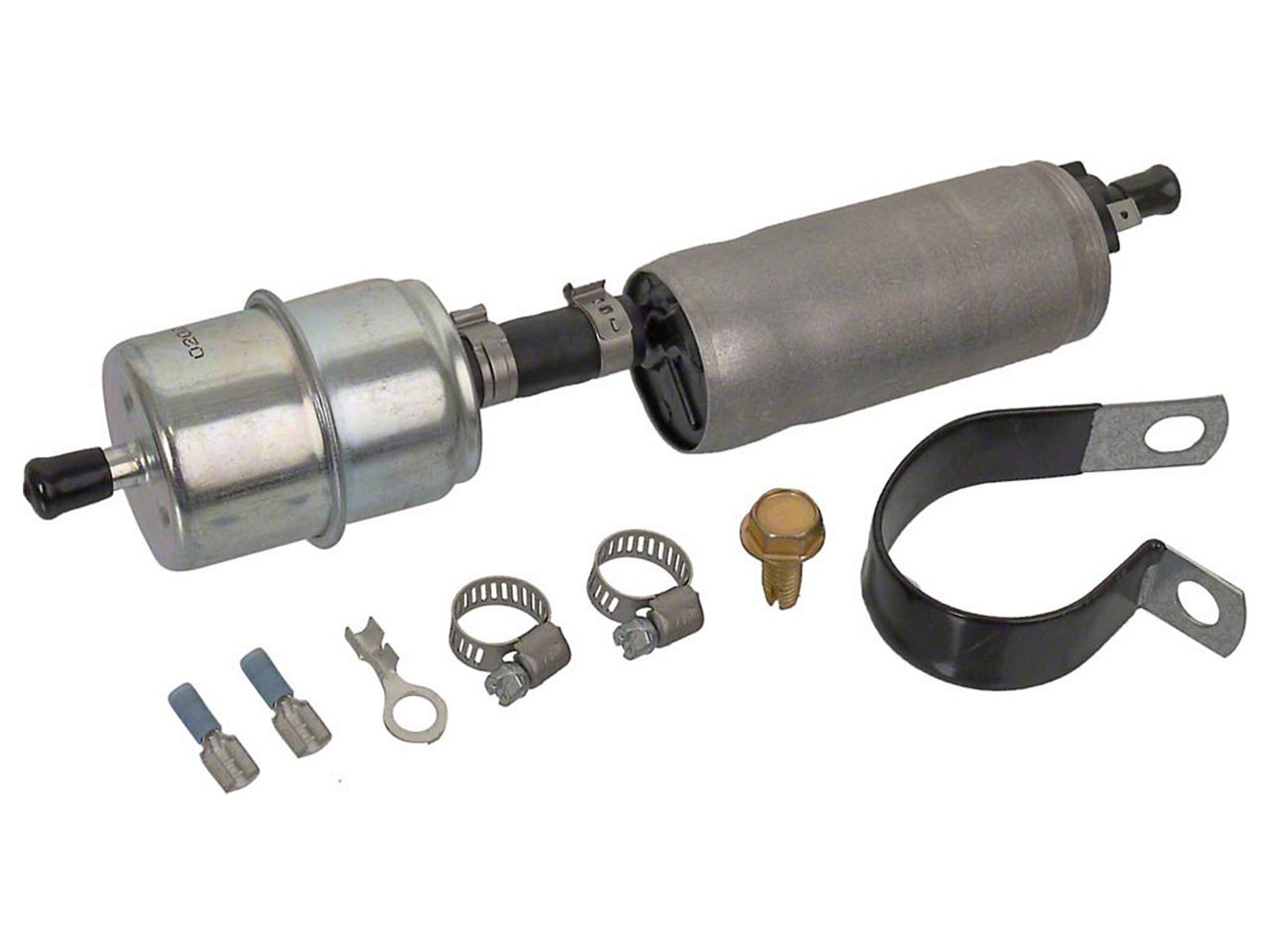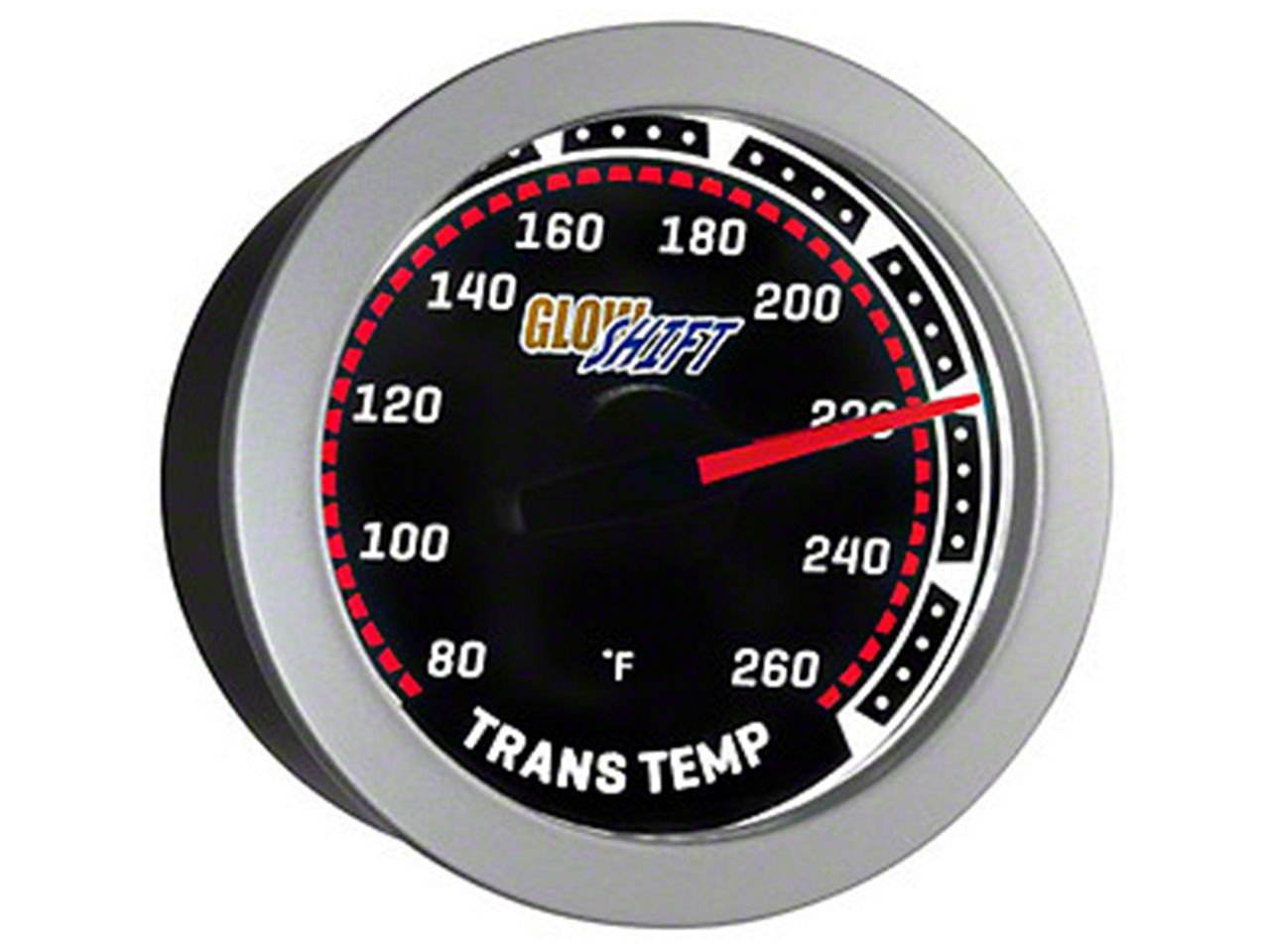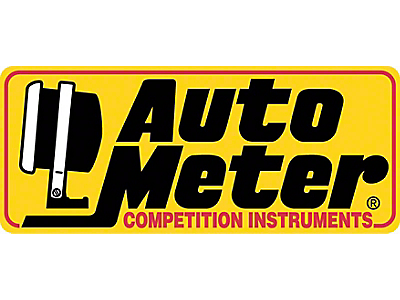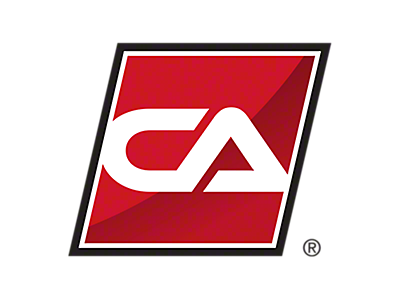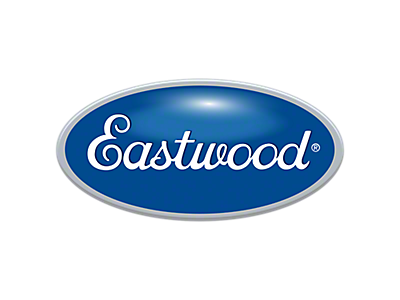'Model A HISTORY Introduced to the public in late 1927 as a "New Ford Car" The Ford Model A could trace its roots all the way back to the establishment of the Ford Motor Company in 1903. Actually, the first car produced by the developing auto manufacturer was labeled the Model A. Henry Ford would work his way through a series of letter designations for his automotive creations before settling on the successful formula that would become the Model T. In the years that followed, as America’s roads and driveways filled with Model T’s, Henry Ford would remain reluctant to significantly tamper with his beloved car’s design. It was only in the face of plummeting sales by the mid 1920’s, the result of a buying public that sought the modern upgrades offered by Ford’s competitors, that Ford finally relented. In an unusual business move, Ford halted production of the Model T in May of 1927, shutting down the entire production operation for 6 months to allow for retooling and final development of the new Model A Ford. Working under an impossible deadline, Ford managed to get the design and production requirements in place for the release of the “New Ford Car” by November of 1927. Henry’s son, Edsel Ford, had unsuccessfully tried to convince his father to abandon the Model T years earlier. Unbeknownst to his father, Edsel had been secretly working on the development of a new car and would ultimately play a significant role in the design of what would become the Ford Model A. Henry Ford's goal to create a "universal car" was not limited to the car's design. Aiming for a vehicle that would be reliable, easily maintained, and affordable, the Model T Ford was introduced in 1908 at a price of $850. Ford's implementation of assembly line manufacturing in 1913 would drastically reduce build time, as well as production costs. As a result, the price of the car dropped, selling as for as little as $260 in 1925. Unlike its predecessor, the Model T, which was the result of an evolving process of design, the Model A was designed, complete, from the ground up. The Model A was truly a “New Ford Car.” Mechanical upgrades for the Model A Ford included a new 3-speed transmission, hydraulic shock absorbers, and four-wheel mechanical brakes. Other significant improvements were an electric starter, water pump, speedometer and gas gauge, and the introduction of Triplex safety glass. The styling of the Ford Model A, elegant and integrated compared to the Model T, brought Ford into the modern era with a vehicle that looked more like a car and less like a horseless carriage. Henry Ford created a sense of hype and mystery surrounding the release of the Model A Ford, relying on the media to reach the buying public and generate interest in the “New Ford Car.” Shortly after the Ford Model A was made available to the public on December 2, 1927, orders for the new car far exceeded supply. Ford scrambled to increase production and by mid 1928, producing up to 4,000 cars per day, was still not meeting the buying public’s demand. In an effort to meet demand, Ford steadily boosted production, peaking at around 9,200 cars per day by June of 1930. During its four-year production run, the Model A Ford would be offered in a wide variety of car and truck body styles. For 1928, Ford offered several different style passenger car bodies: Standard Phaeton, Standard Roadster, Standard Coupe, Special Coupe, Sport Coupe, Business Coupe, Tudor Sedan, Town Car, and Leatherback Fordor Sedan. Truck bodies included: Open Cab Pickup, Closed Cab Pickup, Pickup (box), “A” Panel Delivery, “AA” Panel Delivery, and Deluxe Delivery. In 1929, Ford expanded the options for passenger car body styles by adding the Steelback Fordor, Cabriolet, Station Wagon, both Murray and Briggs versions of the Town Sedan, as well as Murray and Briggs versions of the Standard Fordor. The Standard Fordor (2 window) was also introduced. Options for truck bodies remained the same from the previous year. For 1930, the Leatherback and Steelback Fordors, as well as the Special and Business Coupes, would be dropped from the lineup. New passenger car bodies included the Deluxe Phaeton, Deluxe Roadster, Deluxe Coupe, Deluxe Fordor (2 window) and Victoria. Truck body options included the addition of the Deluxe Delivery and Panel Delivery (drop floor), Special Delivery, Town Car Delivery, “AA” Panel Delivery and the “AA” Deluxe Delivery. 1931, the final year of Ford Model A production, would mark the most extensive offering of passenger car and truck body styles in the vehicle’s brief history. New passenger cars for 1931 were the Deluxe Tudor, Slant Window Cabriolet, Slant Window Standard Fordor, Slant Window Town Sedan, Slant Window Deluxe Fordor (Blindback) and Convertible Sedan. The Standard Fordor (2 window) and Town Car were no longer offered. For truck bodies, a Deluxe Pickup and a wide bed Pickup (box) were introduced. Like the rest of the nation, the Ford Motor Company would endure the effects of the economic Depression that began with the stock market crash in October of 1929. Despite reducing prices for 1931, Ford continued to see a steady decline of new car sales. Perhaps learning from his mistake of sticking with the Model T long after the public regarded it as outdated, Henry Ford had been actively working on a new design for 1932. The successful development of the new V8 Ford for 1932 would ultimately put an end to the short but successful run for “Henry’s Lady,” the Model A Ford.
Eckler's Catalogs Available Now!
Talk to a Sales Tech
1-610-990-4558
M-F 8:30A-11P ET, Sat-Sun 8:30A-9P ET
